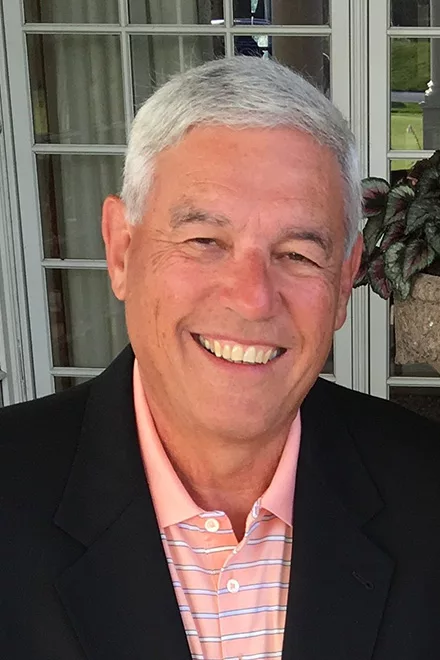
In this article, John Denslinger explores the scale of investment required to match the US’ electrification goals and deadlines with the power transmission infrastructure itself
Achieving a clean energy economy won’t be possible without major upgrades to the US power transmission infrastructure. That is the assessment of America’s investor- owned electric utilities and the Department of Energy. Most of the electrical grid was built in the 1960s and 1970s and it’s estimated that 70 per cent of the grid is at least 25-years old. The average large power transformer is more than 40-years old nearing its 50-year useful life. It’s an old grid. It’s a high maintenance grid. It’s simply outdated for tomorrow’s green energy demand.
The Federal government is driving an ambitious timeline of eliminating or offsetting carbon emissions in the power generation sector by 2035 and from the total economy by 2050. The electrification of America is well underway and the need for more power generation is bound to surge year-over-year. But can the grid keep up with increasing demand plus climate change and the apparent rash of severe weather patterns (wildfires, heat waves, snowstorms, floods, hurricanes)? Can the grid manage sophisticated cyber threats? Can the grid tolerate the complexities of state and federal regulators as many projects are slow- walked for years? Are consumers willing to tolerate power outages that have already plagued several states? Are they also willing to pay higher energy prices?
Building out the new grid is a sizeable undertaking considering there are more than 3,100 utilities in the US serving a patchwork of small geographic areas according to the Department of Energy. Criss-crossing transmission lines involve multiple municipalities, states and federal agencies. As one would expect, discussions are often politically motivated sacrificing both efficiency an optimization. Acquiring rights-of-way with landowners is another issue, as well as overcoming objections from environmental coalitions on many new installations. As troublesome as these issues seem, it’s the sheer size of capital investment that staggers the mind. A 2020 study published by Princeton University estimates it will take a massive $2.4T (before inflation) to build-out a viable grid by 2050. For perspective, today’s electric utilities collectively spend $25-30B a year on transmission infrastructure.
Marsh & McLennan Consultants identified 140,000 miles of US transmission lines that must be replaced by 2050. But that’s only half the story. The location of existing transmission lines is also problematic. Our grid was built on fossil fuel, not green energy sources like solar and wind. Power plants are located near cities with oil, coal and natural gas delivered by railroads or pipelines thus shortening the transmission distance to users. Solar and wind can only generate electricity where environmental conditions yield maximum output. Its use point may be quite distant from the generating source necessitating miles and miles of new transmission lines.
Electrification of America is a national priority now, but there’s no national strategy for the grid (the backbone of electrification). By the federal government’s own admission, no one is in-charge of the grid. There is no comprehensive plan, no short term/long term schedule, no coordination of national interests, and no one clearly owning decisions at the Federal level. That’s the abyss. With a mere $2.5B allocated to grid modernization sofar, America is miles from the transformation it needs.
